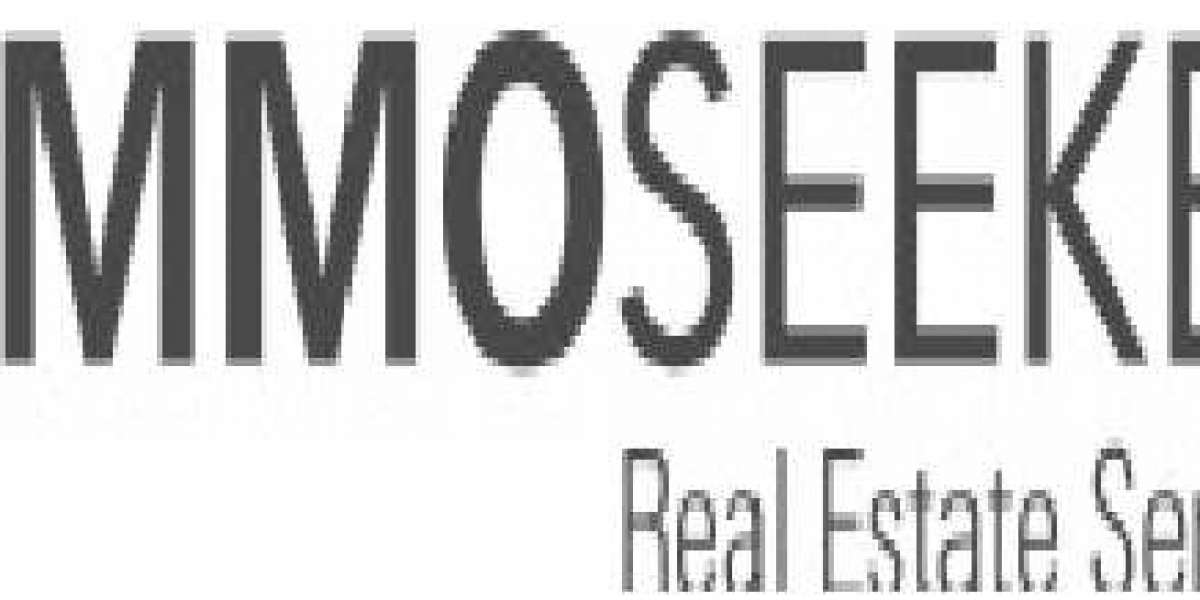It would exhibit for him what he is and it would entitle him to all the consideration which is owing to duly admitted foreigners who are peaceable, law abiding and industrious.The more positive the means of identification employed, the more serviceable they would be to the alien if he were unjustly accused in a court of law.The initial responses to this situation made clear that using identification documents was a novelty for the majority of the population.The reactions also indicate that this was typically not an enjoyable first encounter.Having completed a journey through Europe in 1919, one traveler considered the passport a souvenir of the persisting doubt, the official suspicion of your character.1 An article in the Washington Postdeclared, It is difficult for any one who has not actually gone through it to realize the feelings of personal humiliation which the process implies.The humiliation stemmed from the request for these documents over and above an individual’s word.The annoyance with the system intensified when it became clear that the required passport was not going to disappear like other emergency wartime measures.This increased when a combination of an increase in population and a decrease in the price of transatlantic steamship tickets exposed more people to passport demands.The move away from the sometimes excessive documentation of the other to an attempt to document all citizens did not, of course, originate with the passport, nor was it limited to the passport.From the perspective of the federal government, passports seemed to fit into the wartime emergence of the will to know, to document facts in order to produce information about the population it governed.This was also articulated to the domination of bureaucratic methods in the federal government.To some applicants, it seemed officials ignored the respectability that most assumed they naturally exhibited, and which therefore should have automatically verified the truth of their statements.Through these practices, officials sought to make the population visible, to simplify people and objects so facts could be collected and governing could become more efficient.The fees associated with the passport system also angered applicants.It was also considered an affront to the reciprocal bonds of loyalty and protection at the heart of the relationship between state and citizen that the passport was understood to represent.In this manner the passport changed from something like a letter of introduction and protection into an identification document in a very public way.The passport nuisance developed in the early 1920s, as European countries struggled to rebuild a tourist infrastructure in a world with a changed understanding of national security.In the years of limited tourism, newspapers and magazines published numerous articles on the problems tourists would encounter when they returned to the new Europe.One journalist described central Europe in 1921 as a mapless, bewildering and intensely annoying world in which to travel.However, in spite of this aim, these conferences ended up cementing the wartime system.Therefore, the passport conferences linked the mobility of people to the movement of goods and capital.Debates about freedom of mobility became debates about free trade.As recorded in the minutes, conference delegates convinced themselves that the establishment of a passport regime to guarantee freedom of mobility in an efficient manner provided the only way to recreate and ensure a sense of the freedom of movement that had characterized prewar travel for nonimmigrants.
Search
Popular Posts
-
 AC Malta - Stay Cool and Comfortable with DL Group's Air Conditioning Solutions
By dlgroupmalta
AC Malta - Stay Cool and Comfortable with DL Group's Air Conditioning Solutions
By dlgroupmalta -
 Maximizing Crop Potential: The Benefits of METROP Concentrate Liquid Foliar Fertilizer
By metropstores
Maximizing Crop Potential: The Benefits of METROP Concentrate Liquid Foliar Fertilizer
By metropstores -
 Discover Excellence in 3D Printing - Buy Creality 3D Printer at WOL3D Coimbatore
Discover Excellence in 3D Printing - Buy Creality 3D Printer at WOL3D Coimbatore
-
 A Convenient Way to Fix MetaMask Login Connection Issue
By rosekxffsf
A Convenient Way to Fix MetaMask Login Connection Issue
By rosekxffsf -
 What is Satta Matka?
What is Satta Matka?



